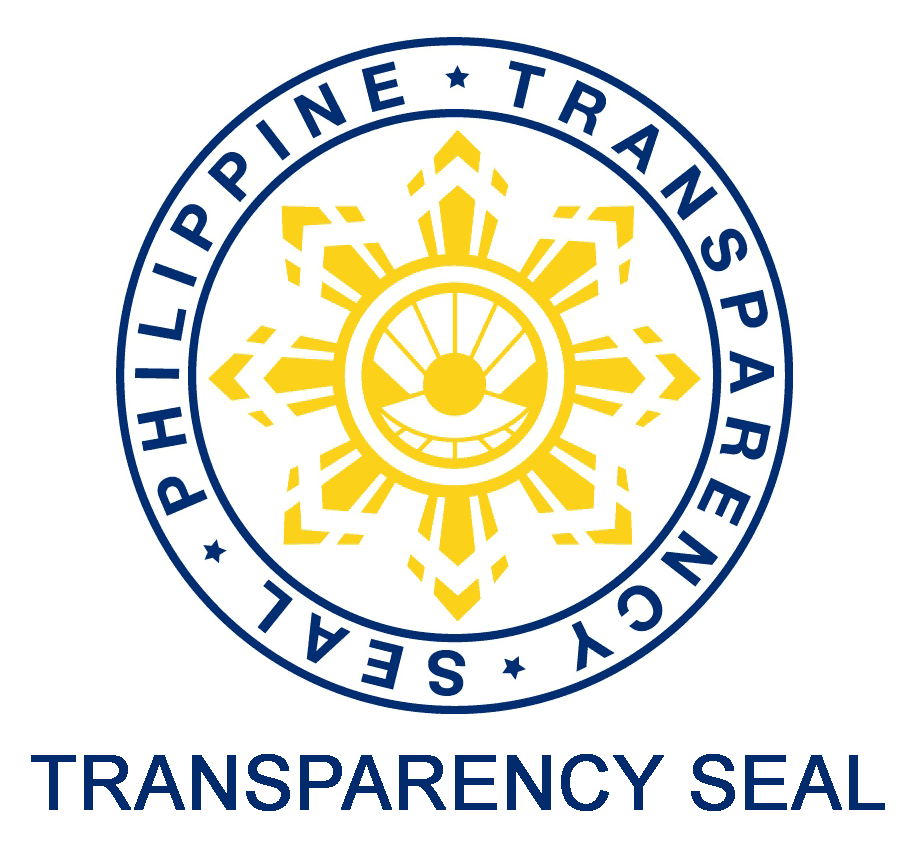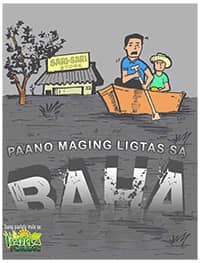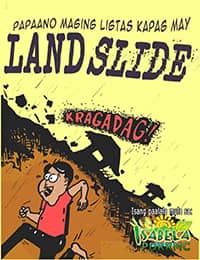- Details
- Category: General Info
![]()
It is believed that the history of the province dates back over 25,999 years ago with a Stone-Age race of dark skinned kinky haired pygmies whose descendants, the Nomadic Aetas (Negritos), can still be found roaming the mountains and forests of Eastern Isabela today. The Indonesians arrived 5,000 years ago, followed by three waves of Malays between 200 BC and 1,500 AD. These pagan ancestors of the Ibanags, Gaddangs, Yogads, Kalingas and other original tribes of the Valley built a civilization based on corn agriculture and organized around the fundamental political unit, the barangay.
The Spaniards arrived in the late 16th and early 17th centuries and introduced Christianity, encomienda (forerunner of the municipality) and tobacco monopoly. Spanish rule was extremely oppressive so that the natives rose in revolt on several occasions, most notably in the 18th century under the leadership of Dabo and Marayag.
A new wave of inmigration began in the late 19th century and early 20th century with the arrival of the Ilocanos who came in large numbers. They now constituted the largest group in the province. Other ethnic groups followed and Isabela became the “melting pot of the north”.
The formal history of the province dates back on May 1, 1856, when by a Royal Decree, Isabela was carved from the existing provinces of Cagayan and Nueva Vizcaya with the town of Ilagan as its capital. The new province was named in honor of “Her Royal Highness Queen Isabela II” of Spain at the time when Urbiztondo was the Governor-General of the Philippines.
Although the province did not play a major role in the revolt against Spain, it was in Palanan where the final pages of the Philippine Revolution was written when the American forces led by General Funston finally captured General Emilio Aguinaldo in that frontier town, on March 23, 1901.
The Americans built schools and other infrastructure and instituted changes in the overall political system. The province’s economy, however, remained primarily agricultural with rice replacing corn and tobacco as the dominant crop. The Second World War turned back the province’s growth and economy but it recovered dramatically through the concerted efforts of its people and officials.
Today, Isabela is the premier province of the north and one of the most progressive in the country.
![]()
The influx of Ilocanos into Isabela have made them the great majority of the province's resident population. Ibanags compose the second largest ethnoliguistic group and are concentrated int the municipalities of Cabagan, Tumauini and Ilagan. Gaddangs and Yogads are scattered among the western and central lowlands, while Agtas and various other Negrito groups live in the Sierra Mountains. Tagalogs live in the coastal enclave of Palanan. Most of the lowland groups are integrated into the mainstream of Filipino culture and are indistinguishable except for their language. Ilocano is the common language understood and used in the province.
Despite the assimilation of most of Isabela's people into the mainstream of Philippine culture, some ethnic artistic expressions have survived until today. Ibanag literary traditions have survived in the form of old songs, proverbs and poems that are still sung today, accompanied by indigenous musical instruments. These instruments produce both melancholy as well as martial tunes, reinforcing the cadence and theme of the spoken word. The oral traditions of the ononi, the berso, and the pabattang excellently convey folklore and ethnic values of the Ibanags. The Yogads, on the other hand, continue to produce and use the butting, a unique guitar. It is a bamboo bow using tukmoy fibers as strings.





























































